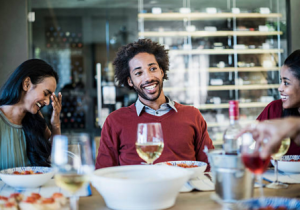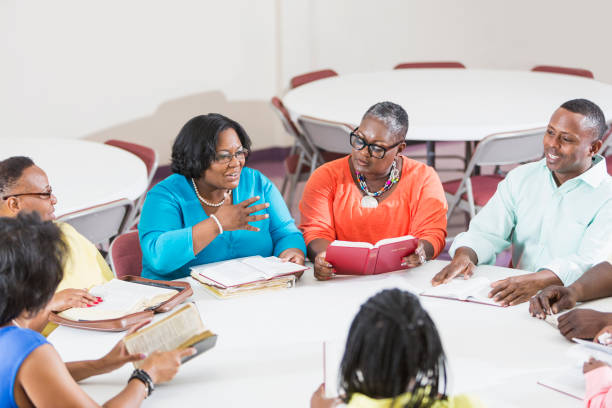(ThyBlackMan.com) Your nose and your palate can prove to be great allies in helping you to enjoy fine wines alongside some great food and it is not actually that difficult to adopt the same wine tasting strategies used by accomplished sommeliers.
Here is a look at some of the benefits of being good at wine tasting and how to acquire the basic skills that you can then develop as you continue your educational journey whilst enjoying some great wines as you go.
Four basic steps
If you break down the art of wine tasting into a few simple components there are four basic steps that are adopted and refined by the pros, even with their developed wine palate.
The first step is to use your eyes and assess the look of the wine under neutral lighting conditions.
Once you have used your eyes the next step is to to use your nose and smell the wine. Breathing through your nose is known as orthonasal olfaction and this is the way you are going to be able to accurately identify the distinct aromas associated with each individual wine.
The third step is to use your taste senses to assess the taste structure, identifying sourness, bitterness, and sweetness, combining that information with the flavors derived from retronasal olfaction.
The final step is to take a moment to think about what you have experienced when tasting the wine and draw some conclusions so that you are able to file a profile of that particular wine in your memory for future reference.
The complexity of these simple steps is about how you develop and hone these basic skills.
The nose of a wine
Practice makes perfect and the only way you are going to develop your wine tasting skills is to keep doing it and learning as you go.
Wine tasting tours are a great way of getting plenty of practice in and being able to make quick comparisons. If you are staying in Hermann, Missouri, for example, there are some great wine trails that will help you follow your passion for great wine and give you plenty of chances to put what you are learning into practice.
Some novice wine tasters can get a bit frustrated about identifying smell when they first start out, so the trick is often to take a more simplistic approach, to begin with, and then break the aromas down more accurately once you get a feel of what to do.
A good starting point when you first start smelling wine is to break the aroma down between big and small. Rather than being too specific initially, put the wine you are smelling into a broad category, like citrus, fruits, orchard aroma.
There are three main categories when it comes to smell, primary, secondary, and tertiary aromas.
A wine sommelier will first identify the grape-derivative and floral notes as the first step, followed by the aromas created by the winemaking process, such as yeast in white wines, before finally identifying the tertiary aromas that remind them of things like old tobacco, vanilla, baking spice, or any other number of complex aromas that come from aging.
Work on getting your skills up to scratch by starting with the broader categories before drilling down into the more complex aromas as you develop your wine tasting skills.
Understanding taste
It is well worth remembering that taste is mainly about how we use our tongues to initially observe the wine, but that aroma can change once you swallow the wine because you are experiencing them retro-nasally.
Your tongue is a great tool for detecting all manner of tastes such as sour, bitter, or sweet flavors. Remember, the only way you are going to experience sweetness, for example, is by using your tongue, as you can’t smell it.
Learning how to interpret taste might take a while to fully to learn with a degree of accuracy, but soon enough you will also be able to do things like taste the length of the wine, which is how long it takes before the flavor of the wine disappears.
Make some tasting notes as you go to refer back to if you want and when you revisit a wine at a later date, see if your palate agrees with your original opinion, or whether you have honed your skills in the meantime to notice even more complex tasting notes.
Learning how to taste wines and pair them with the right foods might take a little while to get to grips with, but it can still be very satisfying and enjoyable while you develop those skills and gain the confidence to make a good judgment of what you are drinking.
Staff Writer; Joseph Brown
















Leave a Reply